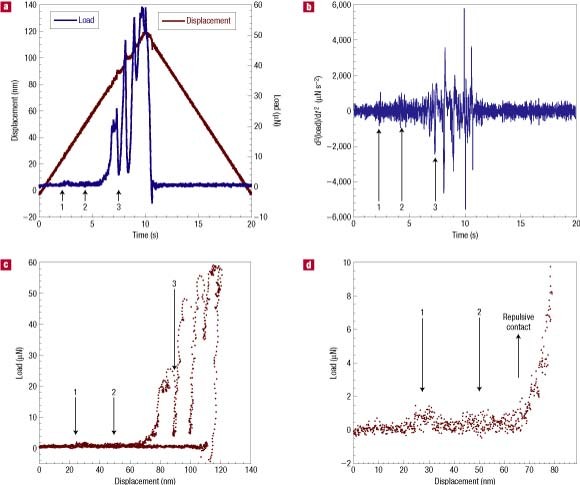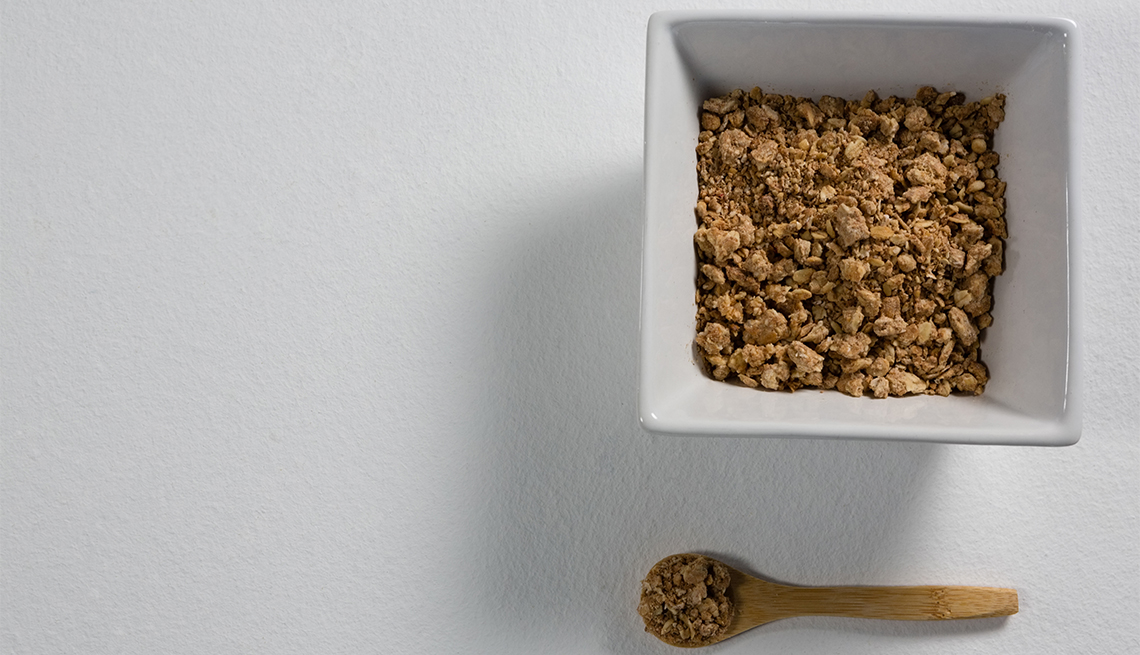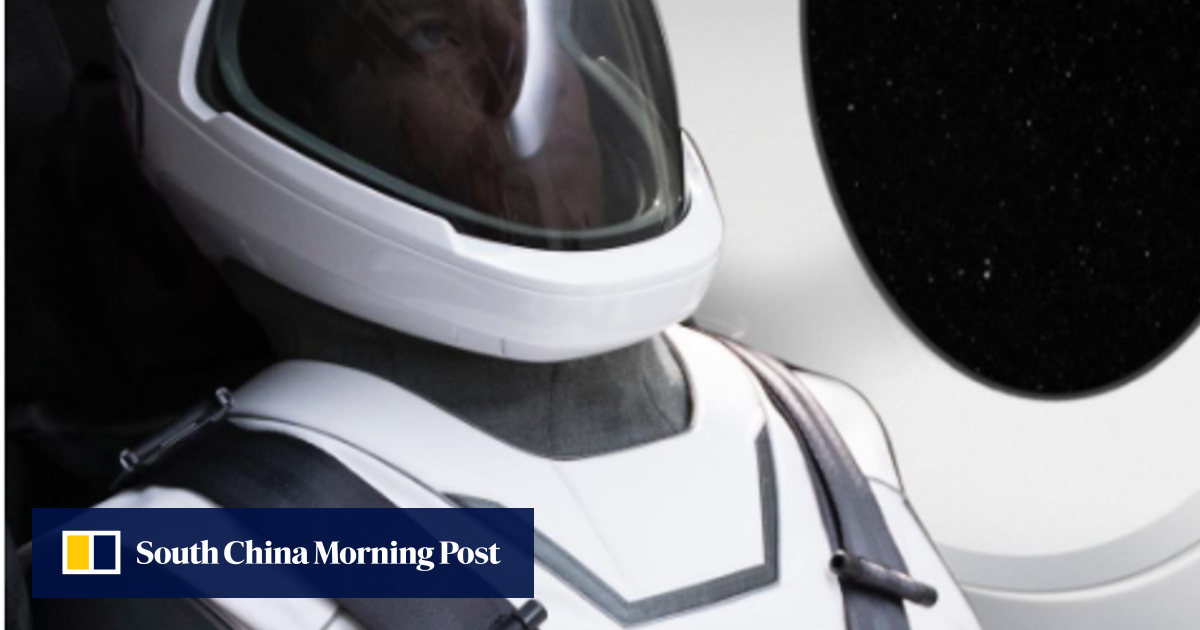
- Select a language for the TTS:
- UK English Female
- UK English Male
- US English Female
- US English Male
- Australian Female
- Australian Male
- Language selected: (auto detect) - EN
Play all audios:
ABSTRACT In nanoscale contact experiments, it is generally believed that the shear stress at the onset of plasticity can approach the theoretical shear strength of an ideal, defect-free
lattice1,2,3,4, a trend also observed in idealized molecular dynamics simulations5,6,7,8,9. Here we report direct evidence that plasticity in a dislocation-free volume of polycrystalline
aluminium can begin at very small forces, remarkably, even before the first sustained rise in repulsive force. However, the shear stresses associated with these very small forces do approach
the theoretical shear strength of aluminium (∼2.2 GPa). Our observations entail correlating quantitative load–displacement measurements with individual video frames acquired during _in
situ_ nanoindentation experiments in a transmission electron microscope. We also report direct evidence that a submicrometre grain of aluminium plastically deformed by nanoindentation to a
dislocation density of ∼1014 m−2 is also capable of supporting shear stresses close to the theoretical shear strength. This result is contrary to earlier assumptions that a dislocation-free
volume is necessary to achieve shear stresses near the theoretical shear strength of the material5,6,7,8,9. Moreover, our results in entirety are at odds with the prevalent notion that the
first obvious displacement excursion in a nanoindentation test is indicative of the onset of plastic deformation. Access through your institution Buy or subscribe This is a preview of
subscription content, access via your institution ACCESS OPTIONS Access through your institution Subscribe to this journal Receive 12 print issues and online access $259.00 per year only
$21.58 per issue Learn more Buy this article * Purchase on SpringerLink * Instant access to full article PDF Buy now Prices may be subject to local taxes which are calculated during checkout
ADDITIONAL ACCESS OPTIONS: * Log in * Learn about institutional subscriptions * Read our FAQs * Contact customer support SIMILAR CONTENT BEING VIEWED BY OTHERS ATOMIC-SCALE HOMOGENEOUS
PLASTIC FLOW BEYOND NEAR-THEORETICAL YIELD STRESS IN A METALLIC GLASS Article Open access 26 February 2021 OBSERVING FORMATION AND EVOLUTION OF DISLOCATION CELLS DURING PLASTIC DEFORMATION
Article Open access 13 March 2025 STATISTICS OF DISLOCATION AVALANCHES IN FCC AND BCC METALS: DISLOCATION MECHANISMS AND MEAN SWEPT DISTANCES ACROSS MICROSAMPLE SIZES AND TEMPERATURES
Article Open access 04 November 2020 REFERENCES * Gane, N. & Bowden, F. P. Microdeformation of solids. _J. Appl. Phys._ 39, 1432–1435 (1968). Article Google Scholar * Asif, S. A. S.
& Pethica, J. B. Nanoindentation creep of single-crystal tungsten and gallium arsenide. _Phil. Mag. A_ 76, 1105–1118 (1997). Article Google Scholar * Gouldstone, A., Koh, H. J., Zeng,
K. Y., Giannakopoulos, A. E. & Suresh, S. Discrete and continuous deformation during nanoindentation of thin films. _Acta Mater._ 48, 2277–2295 (2000). Article Google Scholar * Kramer,
D. E., Yoder, K. B. & Gerberich, W. W. Surface constrained plasticity: oxide rupture and the yield point process. _Phil. Mag. A_ 81, 2033–2058 (2001). Article Google Scholar *
Gouldstone, A., Van Vliet, K. J. & Suresh, S. Nanoindentation—simulation of defect nucleation in a crystal. _Nature_ 411, 656 (2001). Article Google Scholar * Kelchner, C. L.,
Plimpton, S. J. & Hamilton, J. C. Dislocation nucleation and defect structure during surface indentation. _Phys. Rev. B_ 58, 11085–11088 (1998). Article Google Scholar * Tadmor, E. B.,
Miller, R., Phillips, R. & Ortiz, M. Nanoindentation and incipient plasticity. _J. Mater. Res._ 14, 2233–2250 (1999). Article Google Scholar * Zimmerman, J. A., Kelchner, C. L.,
Klein, P. A., Hamilton, J. C. & Foiles, S. M. Surface step effects on nanoindentation. _Phys. Rev. Lett._ 87, 165507 (2001). Article Google Scholar * Lilleodden, E. T., Zimmerman, J.
A., Foiles, S. M. & Nix, W. D. Atomistic simulations of elastic deformation and dislocation nucleation during nanoindentation. _J. Mech. Phys. Solids_ 51, 901–920 (2003). Article Google
Scholar * Courtney, T. H. _Mechanical Behavior of Materials_ (McGraw-Hill, New York, 1990). Google Scholar * Gerberich, W. W. et al. Superhard silicon nanospheres. _J. Mech. Phys. Solids_
51, 979–992 (2003). Article Google Scholar * Roundy, D., Krenn, C. R., Cohen, M. L. & Morris, J. W. Ideal shear strengths of fcc aluminum and copper. _Phys. Rev. Lett._ 82, 2713–2716
(1999). Article Google Scholar * Li, J., Van Vliet, K. J., Zhu, T., Yip, S. & Suresh, S. Atomistic mechanisms governing elastic limit and incipient plasticity in crystals. _Nature_
418, 307–310 (2002). Article Google Scholar * Friak, M., Sob, M. & Vitek, V. Ab initio study of the ideal tensile strength and mechanical stability of transition-metal disilicides.
_Phys. Rev. B_ 68, 184101 (2003). Article Google Scholar * Kramer, D. et al. Yield strength predictions from the plastic zone around nanocontacts. _Acta Mater._ 47, 333–343 (1998). Article
Google Scholar * Sob, M., Friak, M., Legut, D., Fiala, J. & Vitek, V. The role of ab initio electronic structure calculations in studies of the strength of materials. _Mater. Sci.
Eng. A_ 387–389, 148–157 (2004). Article Google Scholar * Friak, M., Sob, M. & Vitek, V. Ab initio calculation of tensile strength in iron. _Phil. Mag._ 83, 3529–3537 (2003). Article
Google Scholar * Krenn, C. R., Roundy, D., Cohen, M. L., Chrzan, D. C. & Morris, J. W. Connecting atomistic and experimental estimates of ideal strength. _Phys. Rev. B_ 65, 13411
(2002). Article Google Scholar * Morris, J. W. et al. Elastic stability and the limits of strength. _Thermec’2003, Pts 1-5_ 426–4, 4429–4434 (2003). Google Scholar * Fischer-Cripps, A. C.
_Nanoindentation_ (Springer, New York, 2004). Book Google Scholar * Kiely, J. D., Jarausch, K. F., Houston, J. E. & Russell, P. E. Initial stages of yield in nanoindentation. _J.
Mater. Res._ 14, 2219–2227 (1999). Article Google Scholar * Minor, A. M., Morris, J. W. & Stach, E. A. Quantitative in situ nanoindentation in an electron microscope. _Appl. Phys.
Lett._ 79, 1625–1627 (2001). Article Google Scholar * Minor, A. M., Lilleodden, E. T., Stach, E. A. & Morris, J. W. In-situ transmission electron microscopy study of the
nanoindentation behavior of Al. _J. Electr. Mater._ 31, 958–964 (2002). Article Google Scholar * Minor, A. M., Lilleodden, E. T., Stach, E. A. & Morris, J. W. Direct observations of
incipient plasticity during nanoindentation of Al. _J. Mater. Res._ 19, 176–182 (2004). Article Google Scholar * Warren, O. L., Downs, S. A. & Wyrobek, T. J. Challenges and interesting
observations associated with feedback-controlled nanoindentation. _Z. Metallkd._ 95, 287–296 (2004). Article Google Scholar * Oliver, W. C. & Pharr, G. M. An improved technique for
determining hardness and elastic-modulus using load and displacement sensing indentation experiments. _J. Mater. Res._ 7, 1564–1583 (1992). Article Google Scholar * Mullins, W. W. Theory
of thermal grooving. _J. Appl. Phys._ 28, 333–339 (1957). Article Google Scholar * Johnson, K. L. _Contact Mechanics_ (Cambridge Univ. Press, New York, 1996). Google Scholar * Uchic, M.
D., Dimiduk, D. M., Florando, J. N. & Nix, W. D. Sample dimensions influence strength and crystal plasticity. _Science_ 305, 986–989 (2004). Article Google Scholar Download references
ACKNOWLEDGEMENTS The authors acknowledge that the research was supported in part by a US Department of Energy SBIR grant (DE-FG02-04ER83979) awarded to Hysitron, which does not constitute an
endorsement by DOE of the views expressed in the article. This work was also supported by the Director, Office of Science, Office of Basic Energy Sciences, of the US Department of Energy
under Contract No. DE-AC02-05CH11231. AUTHOR INFORMATION AUTHORS AND AFFILIATIONS * National Center for Electron Microscopy, Lawrence Berkeley National Laboratory, Berkeley, California,
94720, USA Andrew M. Minor & Zhiwei Shan * Hysitron Incorporated, 10025 Valley View Road, Minneapolis, Minnesota, 55344, USA S. A. Syed Asif, Edward Cyrankowski, Thomas J. Wyrobek &
Oden L. Warren * School of Materials Engineering, Purdue University, West Lafayette, Indiana, 47907, USA Eric A. Stach Authors * Andrew M. Minor View author publications You can also search
for this author inPubMed Google Scholar * S. A. Syed Asif View author publications You can also search for this author inPubMed Google Scholar * Zhiwei Shan View author publications You can
also search for this author inPubMed Google Scholar * Eric A. Stach View author publications You can also search for this author inPubMed Google Scholar * Edward Cyrankowski View author
publications You can also search for this author inPubMed Google Scholar * Thomas J. Wyrobek View author publications You can also search for this author inPubMed Google Scholar * Oden L.
Warren View author publications You can also search for this author inPubMed Google Scholar CORRESPONDING AUTHOR Correspondence to Oden L. Warren. ETHICS DECLARATIONS COMPETING INTERESTS The
authors declare no competing financial interests. SUPPLEMENTARY INFORMATION SUPPLEMENTARY INFORMATION Supplementary video S1 (MOV 2353 kb) SUPPLEMENTARY INFORMATION Supplementary figure S2
(PDF 791 kb) SUPPLEMENTARY INFORMATION Supplementary video S3 (MOV 1547 kb) RIGHTS AND PERMISSIONS Reprints and permissions ABOUT THIS ARTICLE CITE THIS ARTICLE Minor, A., Syed Asif, S.,
Shan, Z. _et al._ A new view of the onset of plasticity during the nanoindentation of aluminium. _Nature Mater_ 5, 697–702 (2006). https://doi.org/10.1038/nmat1714 Download citation *
Received: 06 February 2006 * Accepted: 15 June 2006 * Published: 13 August 2006 * Issue Date: 01 September 2006 * DOI: https://doi.org/10.1038/nmat1714 SHARE THIS ARTICLE Anyone you share
the following link with will be able to read this content: Get shareable link Sorry, a shareable link is not currently available for this article. Copy to clipboard Provided by the Springer
Nature SharedIt content-sharing initiative









